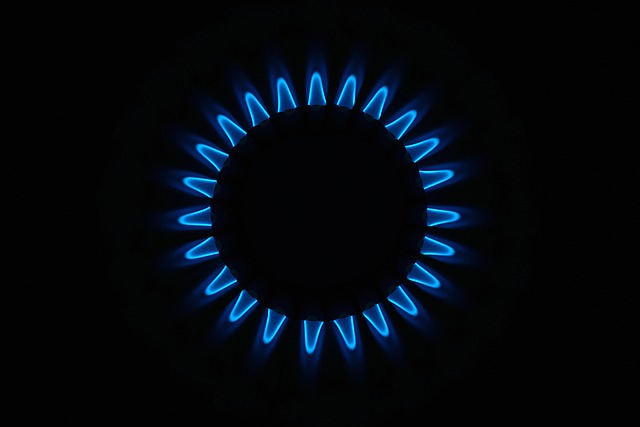
What is LNG
It’s Non-Toxic, Non-Corrosive and Oderless
LNG stands for Liquefied Natural Gas. It is a natural gas that has been cooled to a very low temperature (-162 degrees Celsius) to convert it into a liquid state. This process, known as liquefaction, reduces the volume of natural gas by about 600 times, making it easier and more economical to transport over long distances.
LNG is primarily composed of methane, with small amounts of other hydrocarbons such as ethane, propane, and butane. It is an odorless, colorless, and non-toxic fuel that is widely used in power generation, industrial applications, and transportation.
LNG is often transported in specially designed ships or trucks, and it can be regasified (converted back into a gaseous state) at the point of use. Once regasified, the natural gas can be used for a variety of applications, including heating homes and businesses, generating electricity, and powering vehicles.
LNG is considered a cleaner alternative to other fossil fuels, such as coal and oil, because it produces fewer emissions of greenhouse gases and air pollutants.
The basic characteristics of LNG
